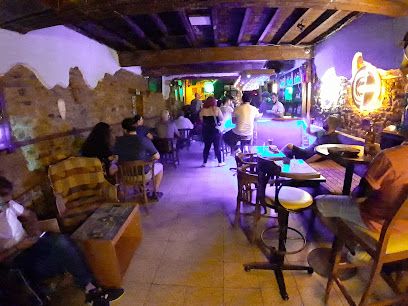
The Majestic Byzantine Aqueduct: A Gateway to History
Explore the Byzantine Aqueduct in Selçuk, a stunning historical landmark showcasing ancient engineering and rich cultural heritage.
The Byzantine Aqueduct in Selçuk, Izmir, is a remarkable historical landmark that showcases the architectural brilliance of ancient Rome. This stunning structure, dating back to the Byzantine era, is not only a testament to engineering prowess but also a breathtaking sight for travelers. Visitors can stroll along its impressive arches, explore the surrounding area, and immerse themselves in the rich history that envelops this iconic site.
A brief summary to Byzantine Aqueduct
- Namık Kemal Cd. No:25, Selçuk, İsa Bey, İzmir, 35920, TR
Local tips
- Visit early in the morning or late afternoon to avoid crowds and enjoy the best lighting for photos.
- Bring comfortable walking shoes as you may want to explore the surrounding area on foot.
- Don't forget your camera; the aqueduct offers numerous picturesque viewpoints.
- Take a guided tour to gain deeper insights into the aqueduct's historical significance.
Getting There
-
Walking
Start from the main entrance of Ephesus, located at the upper gate of the ancient site. Exit the site and turn left onto the main road, heading towards Selçuk. Continue walking for about 1.5 kilometers, passing by various local shops and cafes. Look for signs pointing towards the Byzantine Aqueduct. After approximately 20 minutes, you'll reach the intersection of Namık Kemal Cd. Turn right onto Namık Kemal Cd. The aqueduct will be on your left at No:25. It's a prominent structure, so keep your eyes peeled for the impressive arches.
-
Public Transport (Bus)
From the Ephesus entrance, walk to the nearest bus stop located near the Selçuk town center. Board a local bus heading to Selçuk. After a short ride (about 5 minutes), get off at the 'İsa Bey' stop. Once you disembark, walk along Namık Kemal Cd towards the Byzantine Aqueduct, which is approximately 500 meters straight ahead at No:25. The aqueduct will be visible as you approach.
-
Bicycle Rental
If you're feeling adventurous, rent a bicycle from one of the local rental shops in Selçuk. From your rental location, head towards Ephesus and follow the same route as the walking directions. Biking down the main road towards Selçuk, you can reach the Byzantine Aqueduct in approximately 10 minutes. Park your bike near the aqueduct entrance at Namık Kemal Cd. No:25, and enjoy the view of this historical landmark.
Discover more about Byzantine Aqueduct
Iconic landmarks you can’t miss
Ephesus Hostel
0.4 km
Experience the charm of Selçuk at Ephesus Hostel, your affordable retreat near the ancient wonders of Ephesus and vibrant local culture.

Пританей
2.9 km
Explore the iconic Prytaneion in Selçuk, a historical landmark that unveils the majestic legacy of ancient Ephesus and its civic life.
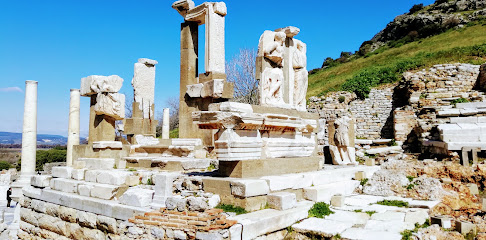
Fountain of Pollio, Ephesus
3.0 km
Experience the grandeur of the Fountain of Pollio in Ephesus, a historical landmark that showcases ancient Roman architecture and rich cultural heritage.
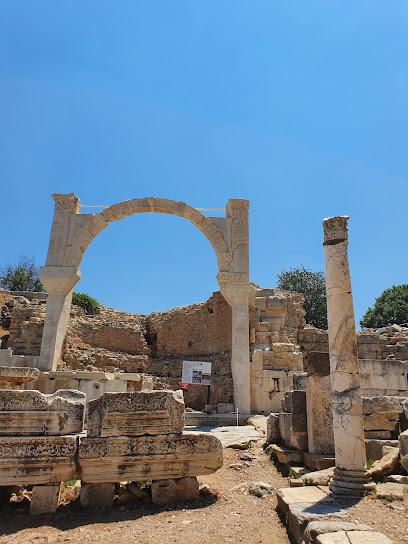
Temple of Hadrian
3.0 km
Explore the Temple of Hadrian in Selçuk, a stunning testament to Roman architecture and a highlight of Turkey's rich historical tapestry.
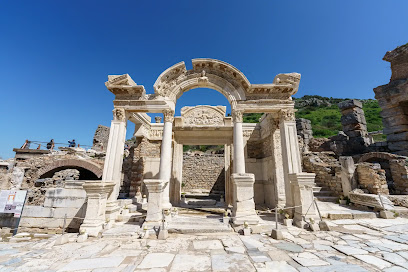
Ancient Greek Agora
3.0 km
Discover the stories of ancient Greece at the Ancient Greek Agora, a historical landmark in Selçuk, İzmir, rich in culture and archeological splendor.
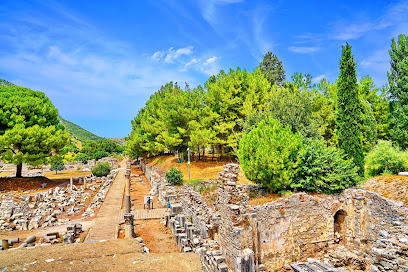
House of Pleasure
3.0 km
Discover the enchanting history and architectural beauty of the House of Pleasure in Selçuk, İzmir – a captivating journey through time.
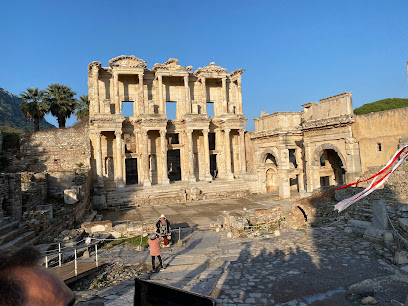
Library of Celsus
3.0 km
Discover the stunning Library of Celsus in Selçuk, Turkey—an architectural marvel and a symbol of ancient knowledge.
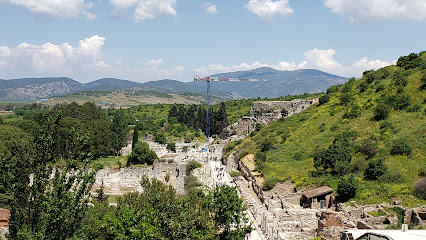
Terrace Houses of Ephesus
3.0 km
Explore the opulent lives of ancient Romans at the Terrace Houses of Ephesus, a stunning archaeological site filled with mosaics and frescoes.
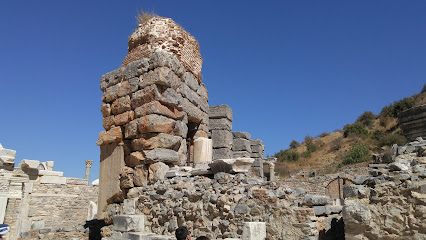
Virgin Mary Statue
3.3 km
Explore the Virgin Mary Statue in Selçuk, İzmir - a serene monument of faith and history surrounded by breathtaking landscapes.
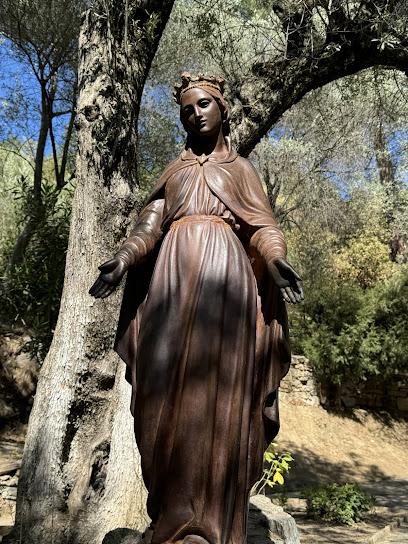
Alter Hafen Ephesus
3.3 km
Discover the historical allure of Alter Hafen Ephesus, a serene landmark reflecting the ancient maritime legacy of Ephesus in Selçuk, İzmir.
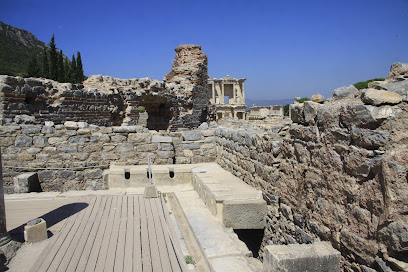
ancient city wall
3.5 km
Discover the rich history and breathtaking views at the Ancient City Wall of Selçuk, a remarkable landmark steeped in stories and charm.
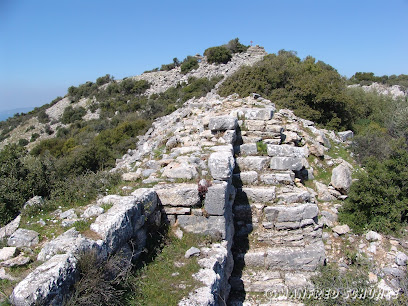
Church of St. Dimitrios
5.3 km
Experience the tranquility and rich history at the Church of St. Dimitrios in Şirince, a quaint village near Selçuk, İzmir.

St. John the Baptist Church
5.4 km
Discover the architectural beauty and spiritual significance of St. John the Baptist Church in Yenimahalle, a must-visit landmark in Ankara, Turkey.
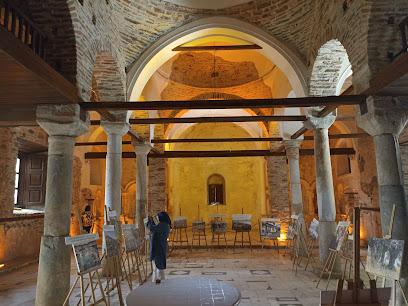
House of Virgin Mary
5.5 km
Discover the spiritual serenity of the House of Virgin Mary, a sacred pilgrimage site nestled in the picturesque hills of Selçuk, Türkiye.

Ancient Baptismal Pool
5.5 km
Explore the Ancient Baptismal Pool in Selçuk, a serene historical landmark that embodies the rich spiritual heritage of ancient rituals in Turkey.
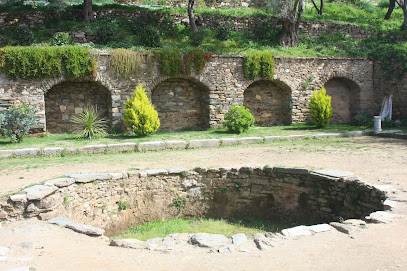
Unmissable attractions to see
Selçuk Ephesus Urban Memory Museum
0.1 km
Explore the rich history of Ephesus at the Selçuk Ephesus Urban Memory Museum, where ancient stories come alive through interactive exhibits and artifacts.
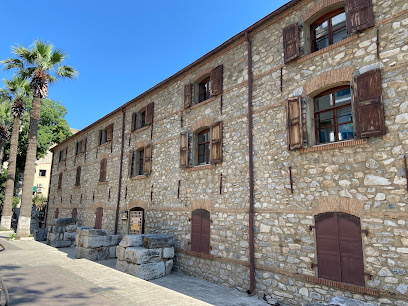
Selçuk Hamamı
0.1 km
Experience the soothing essence of Turkish culture at Selçuk Hamamı, a traditional bathhouse offering relaxation and rejuvenation in Selçuk.
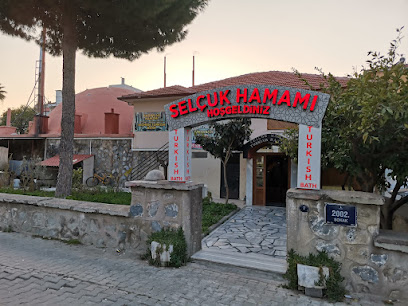
Statue of Artemis - Selcuk, Ephesus, Turkey
0.2 km
Explore the iconic Statue of Artemis in Selçuk, a monumental relic of ancient times and one of the Seven Wonders of the Ancient World.
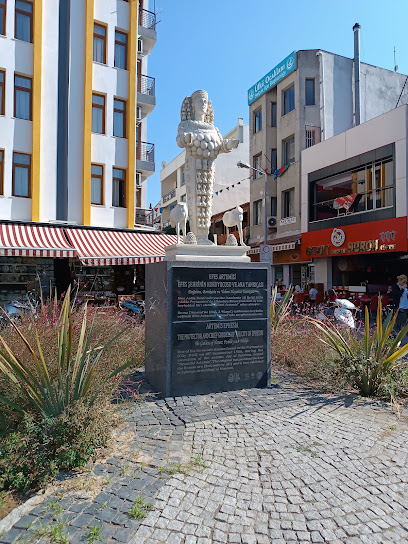
Meryem Ana Evi
0.2 km
Visit Meryem Ana Evi, the revered Virgin Mary's House, and experience a blend of history, spirituality, and breathtaking natural beauty.
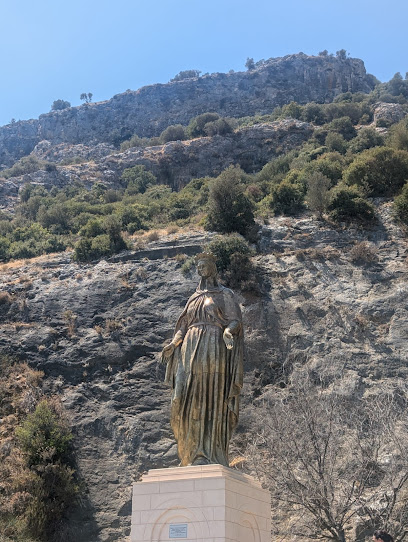
Selçuk Efes ören yeri
0.2 km
Explore the rich history and stunning ruins of Selçuk Efes Ören Yeri, an ancient marvel that showcases the grandeur of the Roman Empire.
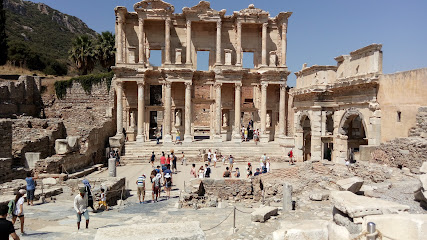
Visit Ephesus
0.3 km
Discover the wonders of Ephesus, a UNESCO World Heritage Site, where ancient ruins and rich history come alive in Turkey's stunning landscape.
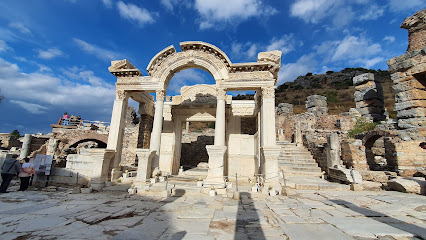
Basilica Of Saint John
0.4 km
Discover the Basilica of Saint John in Selçuk, Turkey: a historical landmark steeped in spirituality and ancient architecture.
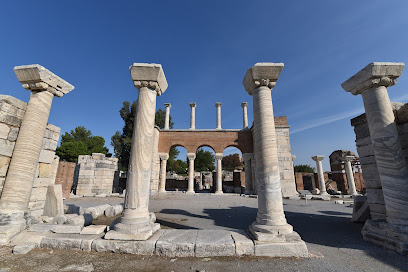
St. Jean Church
0.4 km
Explore the historical St. Jean Church in Selçuk, İzmir, an architectural gem steeped in rich history and serene beauty.
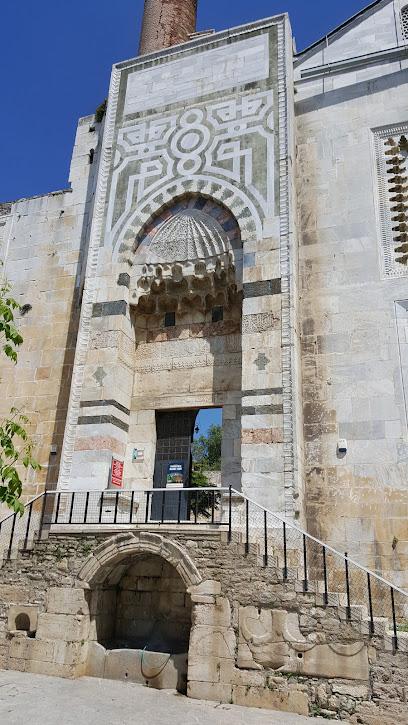
Ephesus Archaeological Museum
0.4 km
Discover the ancient treasures of Ephesus at the Archaeological Museum in Selçuk, where history comes alive through stunning artifacts and exhibits.

Saint John Anıtı
0.5 km
Explore the serene Saint John Anıtı, a historic cemetery in Selçuk, Turkey, and delve into the rich tapestry of early Christian heritage and scenic beauty.
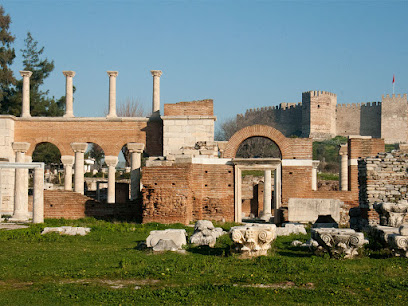
Saadet Hatun Hamamı Traditional Turkish Bath
0.5 km
Experience the rejuvenating essence of a traditional Turkish bath at Saadet Hatun Hamamı in Selçuk, where relaxation meets history.
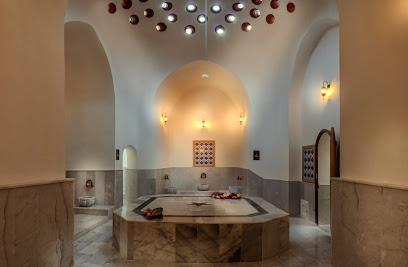
İsa Bey Mosque
0.6 km
Discover the exquisite İsa Bey Mosque in Selçuk, where Byzantine and Islamic architecture converge in a serene atmosphere steeped in history.
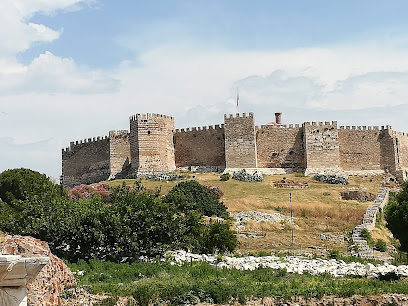
İsabey Turkish Bath-hamam
0.6 km
Discover the authentic experience of Turkish bathing at İsabey Turkish Bath in Selçuk, where relaxation meets rich cultural heritage.
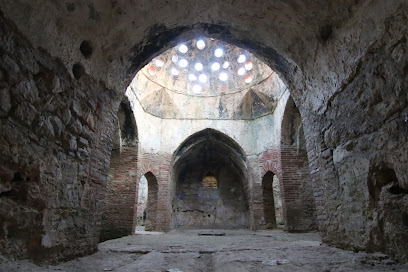
Lotus ceramic's garden
0.6 km
Experience the fusion of art and nature at Lotus Ceramic's Garden in Selçuk, where stunning ceramics meet serene landscapes.
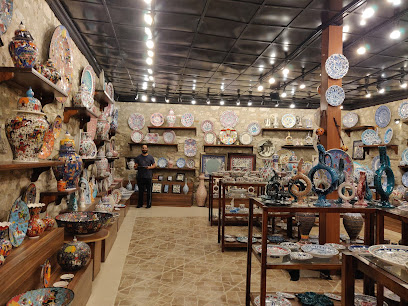
Ayasuluk Citadel
0.6 km
Discover the historic Ayasuluk Citadel in Selçuk, Turkey, a stunning fortress with breathtaking views and rich ancient heritage.
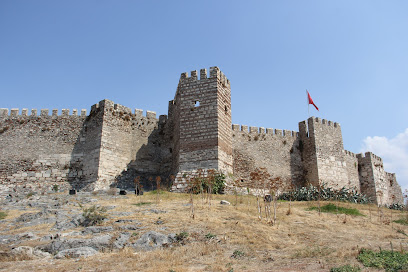
Essential places to dine
Nur restaurant
0.0 km
Experience authentic Sfiha dishes at Nur Restaurant in Selçuk - where flavor meets affordability.
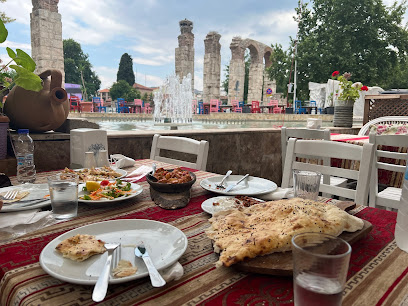
Ejder Restaurant
0.0 km
Experience authentic Turkish cuisine in Selçuk at Ejder Restaurant – where every dish tells a story.
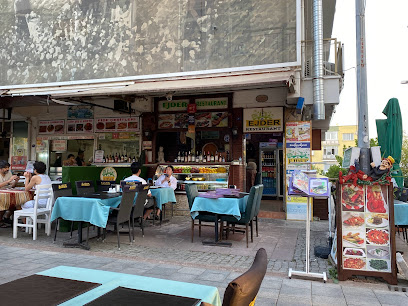
Artemis Köftecisi Ali Usta
0.1 km
Discover authentic Turkish flavors at Artemis Köftecisi Ali Usta in Selçuk – a haven for kofta lovers seeking traditional cuisine.
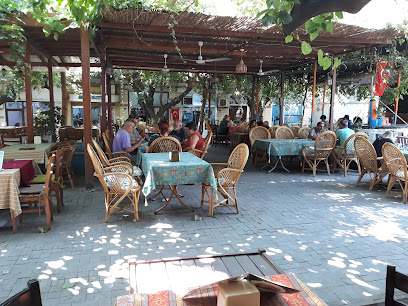
Seçkin Firuze Restaurant
0.1 km
Experience the essence of Turkish cuisine at Seçkin Firuze Restaurant in Selçuk—where every dish tells a story.
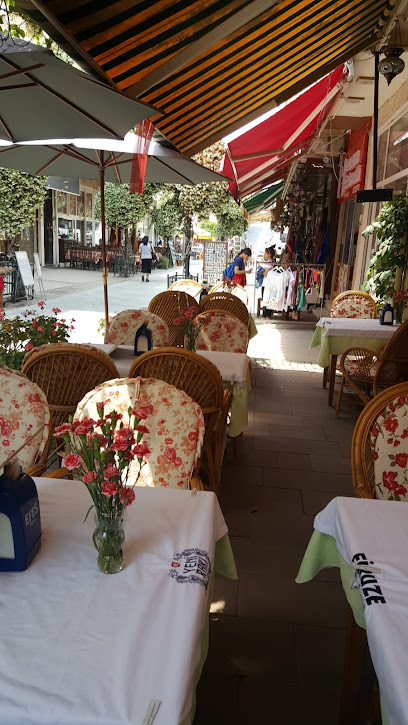
Old House Rest&Cafe
0.1 km
Discover authentic Turkish flavors at Old House Rest&Cafe in Selçuk - where tradition meets taste in a cozy setting.

ESKİ EV RESTAURANT
0.1 km
Savor authentic Turkish cuisine at Eski Ev Restaurant in Selçuk – where tradition meets taste in a charming setting.

Tat Cafe Restaurant
0.1 km
Discover authentic Turkish flavors at Tat Cafe Restaurant in Selçuk - where every dish tells a story!
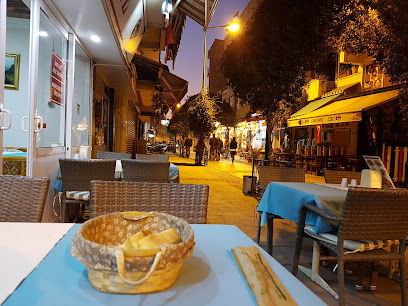
Selcuk pidecisi
0.1 km
Experience authentic Turkish cuisine at Selçuk Pidecisi, where every bite is a celebration of flavor and tradition.
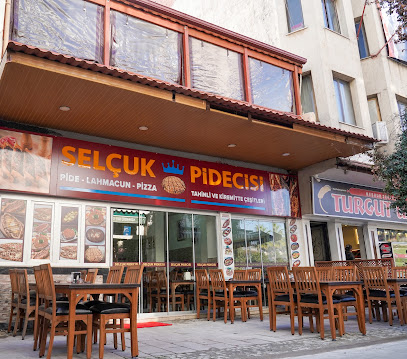
Gaziantep Kebap Salonu
0.2 km
Experience authentic Turkish kebabs at Gaziantep Kebap Salonu in Selçuk - where tradition meets flavor!
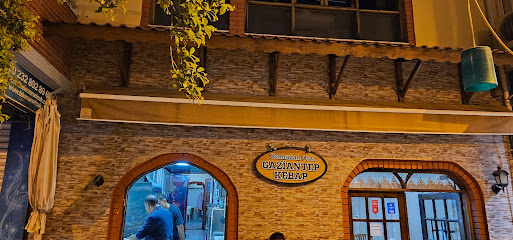
MODUS KYBELE RESTAURANT
0.2 km
Discover the essence of Turkish flavors at Modus Kybele Restaurant in Selçuk – where tradition meets taste.
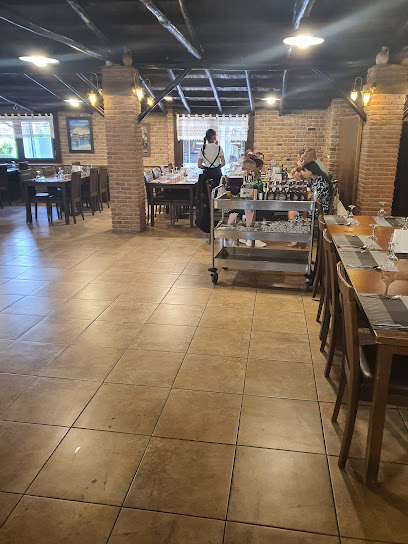
Sencan Restaurant St john
0.2 km
Discover authentic Turkish cuisine in Selçuk at Sencan Restaurant, where family-friendly dining meets rich culinary traditions.

ŞİŞ'KO SElÇUK
0.2 km
Experience authentic Turkish cuisine in a family-friendly atmosphere at ŞİŞ'KO SElÇUK in Selçuk, İzmir.

Selcuk Koftecisi
0.4 km
Discover authentic Turkish kofta at Selcuk Koftecisi - a culinary gem in Selçuk offering delicious flavors and warm hospitality.

Ali Baba & Mehmet Kebab House
0.4 km
Discover authentic Turkish flavors at Ali Baba & Mehmet Kebab House in Selçuk - where every meal is a delightful culinary journey.
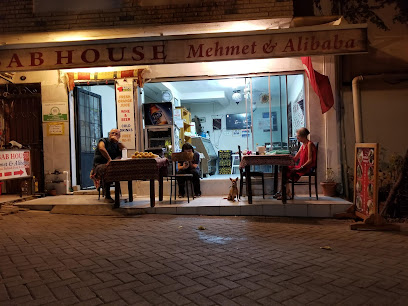
Ayasoluk Restaurant
0.4 km
Discover the flavors of Turkey at Ayasoluk Restaurant in Selçuk, where tradition meets modern dining in a stunning setting.
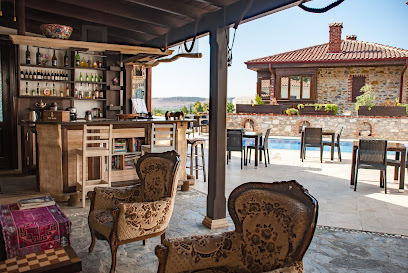
Markets, malls and hidden boutiques
Diana Ephesus Silver & Souvenirs
0.1 km
Discover exquisite silver jewelry and authentic souvenirs at Diana Ephesus Silver & Souvenirs in Selçuk, a shopper's paradise for every traveler.
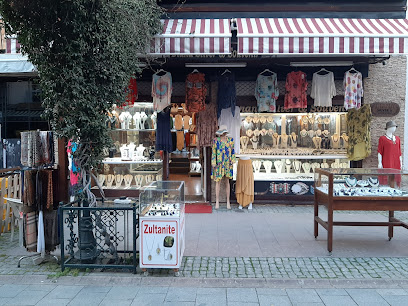
Sultan Art Gallery /Souvenir,Jewelry Silver,Gift’s Shop
0.1 km
Explore the Sultan Art Gallery in Selçuk for unique souvenirs and handcrafted jewelry that embody the beauty and culture of Turkey.
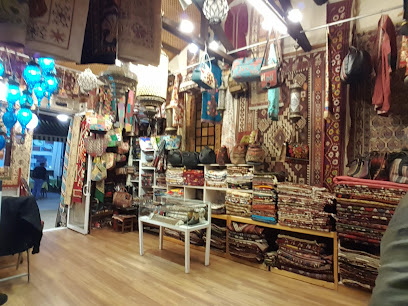
SULTAN JEWELLERY&FINE HANDMADE CERAMIC ART
0.1 km
Explore exquisite handmade jewellery and ceramics at Sultan Jewellery & Fine Handmade Ceramic Art, a unique souvenir store in Selçuk, İzmir.
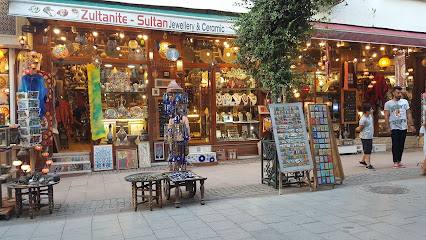
La Tulip Art Gallery
0.1 km
Explore the vibrant world of artistic handicrafts at La Tulip Art Gallery in Selçuk, where local artistry meets cultural heritage.
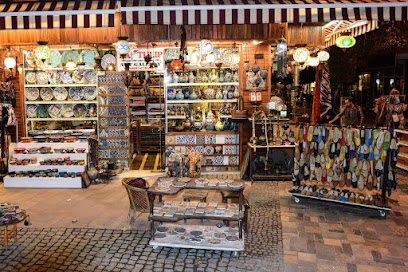
Moon Light Souvenir's Silver Shop
0.2 km
Explore the charm of Moon Light Souvenir's Silver Shop in Selçuk, where exquisite silver jewelry meets authentic Turkish craftsmanship.
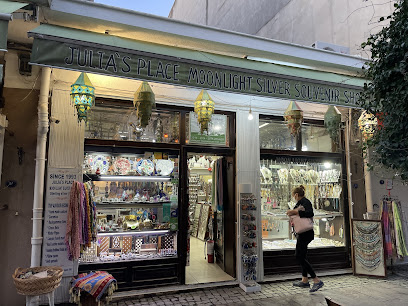
Authentic Art Shop
0.2 km
Explore the Authentic Art Shop in Selçuk for unique, handcrafted souvenirs that capture the essence of Turkey's rich cultural heritage.
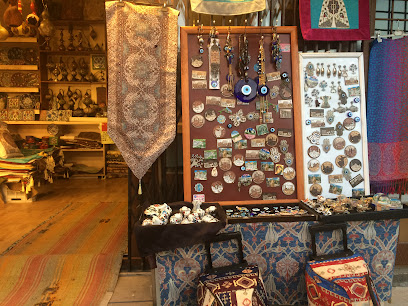
Ali Baba’s Handmade Rugs (Carpets & Kilims)
0.4 km
Explore the vibrant world of Ali Baba's Handmade Rugs in Selçuk, where authentic Turkish craftsmanship meets rich cultural heritage through exquisite carpets and kilims.
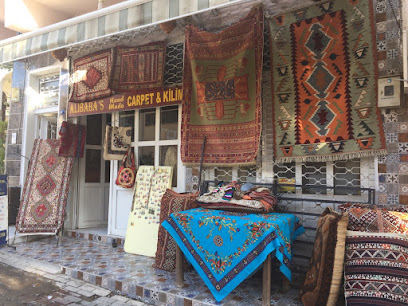
BLACKSHEEPCARPETS
0.4 km
Explore the finest handcrafted carpets, chinaware, and jewelry at Blacksheep Carpets in Selçuk, a perfect spot for unique Turkish souvenirs.

EPHESUS VİNTAGE (Souvenir Shop)
0.6 km
Explore Ephesus Vintage for authentic Turkish handicrafts and souvenirs, capturing the essence of Turkey's rich cultural heritage.
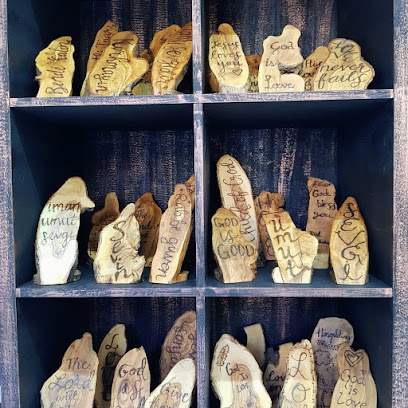
Ephesus tribal looms
0.6 km
Explore the rich heritage of Turkish carpet weaving at Ephesus Tribal Looms, where tradition meets artistry in every handcrafted piece.

Ege Lokum
1.1 km
Discover Ege Lokum, a charming candy store in Selçuk, İzmir, offering a delightful selection of traditional Turkish sweets and lokum.

Osman keklik shop
2.8 km
Discover the charm of Turkish craftsmanship at Osman Keklik Shop, your go-to gift shop in Selçuk for unique souvenirs and local delights.

MENGI SOUVENIR
2.8 km
Discover unique Turkish souvenirs at MENGI Souvenir in Selçuk, İzmir, where local crafts bring culture to life.
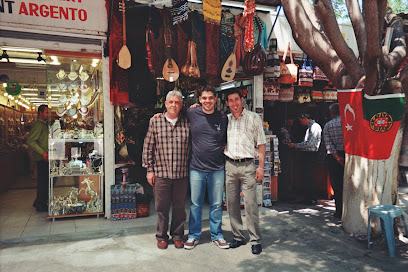
genuine fake watches
2.9 km
Discover the charm of affordable elegance at Genuine Fake Watches in Selçuk - where style meets budget-friendly shopping!
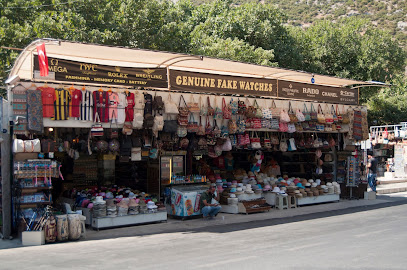
Kırcılar Leather Art
3.0 km
Discover exquisite handcrafted leather goods at Kırcılar Leather Art in Selçuk, where traditional Turkish craftsmanship meets modern elegance.
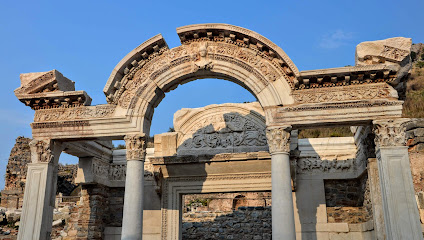
Essential bars & hidden hideouts
Nazdrave Cocktail Bar
0.6 km
Experience the vibrant atmosphere and exquisite cocktails at Nazdrave Cocktail Bar in Selçuk, Turkey, a must-visit for all travelers!
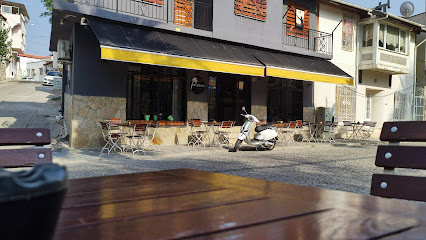
NICCI Joy
12.9 km
Discover the lively NICCI Joy in Kuşadası, where the atmosphere is vibrant, the drinks are refreshing, and unforgettable memories await.
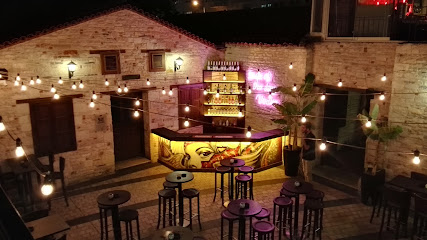
Goreal Pub
12.9 km
Experience the vibrant nightlife at Goreal Pub, a cozy bar in Kuşadası offering a delightful selection of drinks with stunning coastal views.

Kaptan Bar
13.2 km
Experience the vibrant atmosphere of Kaptan Bar in Kuşadası, where stunning sea views and delightful cocktails create the perfect coastal escape.

Ozzy Pub
13.2 km
Discover Ozzy Pub in Kuşadası: A cozy bistro and pub offering delicious Turkish cuisine and a vibrant atmosphere for an unforgettable dining experience.

the Pub
13.6 km
Experience the vibrant nightlife of Kuşadası at The Pub, where great drinks and lively atmosphere meet local culture.
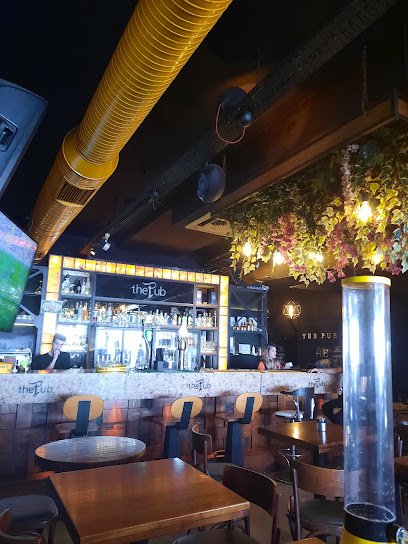
Sokak Bistro Cafe
13.6 km
Experience the vibrant flavors of Kuşadası at Sokak Bistro Cafe, your go-to spot for breakfast and casual dining in a lively atmosphere.

Pub Time
13.6 km
Discover the lively atmosphere of Pub Time in Kuşadası, a perfect blend of local charm and vibrant nightlife, ideal for unwinding after a day of exploration.

Deep & Dark Sports Bar
13.6 km
Experience the vibrant nightlife of Kuşadası at Deep & Dark Sports Bar, where great drinks and live entertainment await every visitor.

Hangover Bar Kuşadası
13.8 km
Discover the lively spirit of Kuşadası at Hangover Bar, where live music and vibrant nightlife create unforgettable memories.
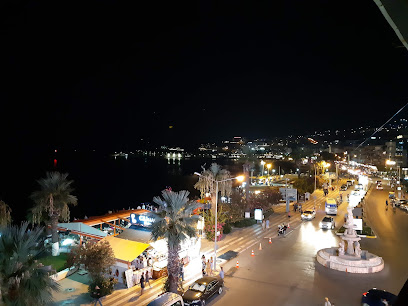
Santana Bar
13.8 km
Discover the vibrant flavors of Turkish cuisine at Santana Bar, a top grill destination in Kuşadası perfect for food lovers.

Dent Island Gastro Pub
13.9 km
Discover the flavors of Kuşadası at Dent Island Gastro Pub, where gourmet cuisine meets a cozy atmosphere for an unforgettable dining experience.
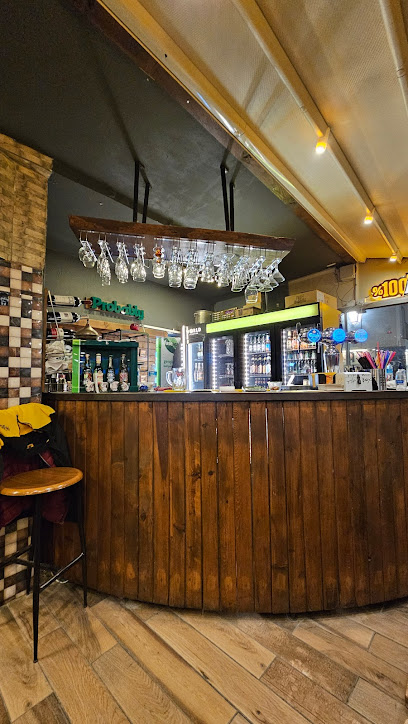
PUB 24
13.9 km
Discover the lively PUB 24 in Kuşadası, where delicious drinks and a vibrant atmosphere await every traveler seeking an unforgettable night out.

Brewery Pub
14.0 km
Discover Brewery Pub in Kuşadası - A Local Gem for Craft Beer Lovers with a Cozy Atmosphere and Delicious Snacks.
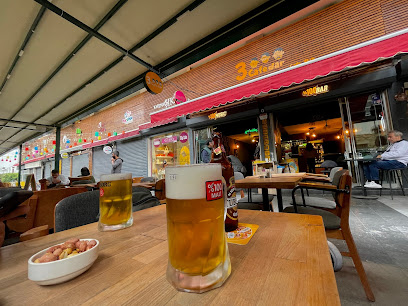
CHİLL BAR
14.1 km
Discover Chill Bar in Kuşadası for a relaxing escape with refreshing drinks and a vibrant atmosphere, perfect after a day of exploration.
